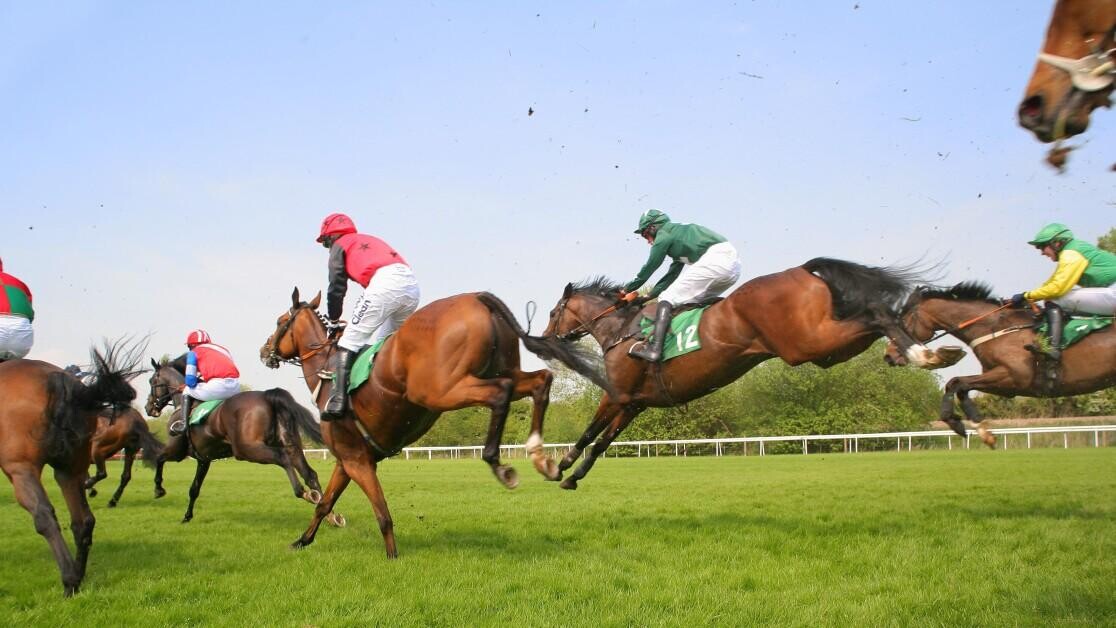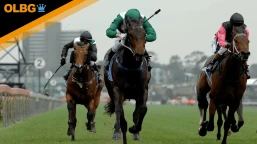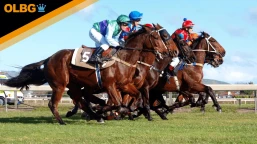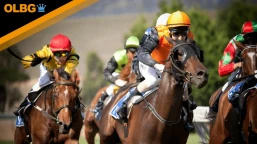
Helping to grow OLBG and support our partnerships with Harry Derham Racing & Dorking Wanderers FC
I have always been interested in why other people make particular bets and how they go about finding winners.
Whilst I used to love betting on horses and early on could see that it could be profitable, I couldn't work out why people would bet on Greyhounds in betting shops.

I tried to understand how they formed their opinions.
After watching people in the shops and spending a couple of nights at tracks I soon realised that almost everyone based their bets almost exclusively on the times in the programmes.
The adjusted times right at the end of the form column.
I started to look into how those times were formed with my normal cynical approach and soon discovered that the times were incredibly inaccurate.
The actual time was only calculated for the first dog.
Going adjustments were made which never made much sense to me and seemed to involve some guesswork.
Other dogs times were calculated on a certain amount per length beaten, regardless it seemed of the length of the race, the track, going, speed, class of race.
But at the same time, it looked an almost impossible job to produce more accurate timings.
So I decided to ignore the adjusted times completely.
My theory was that if everyone else was basing their bets on these then that would affect the market.
If they weren't accurate then there could be better ways to find winners and by going against the crowd the odds would be good.
A few meetings later and hours pouring through programmes and weight sheets (more on that in a future blog) I managed to build a profitable strategy that didn't take the adjusted times into account at all.
For more research in how readers find winners please visit the article 101 tips to choose a winning horse racing bet.
Horse Racing
For some reason I never looked at horse racing in a similar way.
Brought up with the theory that in races longer than 12 furlongs in distance, a lb equaled a length, 3lb in a sprint though, handicap ratings equate to a 1lb. I pretty much took it all for granted.
We know that weight doesn't actually slow horses down at these rates and now I realise that the lengths beaten arent accurate either.
How long is a horse? About 8 foot?
Finishing distances of beaten horses aren't actual measurements but are taken from the time a horse is beaten and transferred into lengths.
Up until 25th February 2008, a second in all National Hunt races was thought to be four lengths. In flat racing, a second was five lengths.
Many thought this was inaccurate as there wasn't any adjustment for going.
So in an attempt to address this changes were made!
From 25th February 2008 it was decided that in National Hunt races on good to soft or worse a second would still be 4 lengths.
But now on good or better a second would be 5 lengths.
On the flat, AW (fibresand) and soft or worse 5 lengths/sec would be used. AW (Polytrack) and good to soft or better 6 lengths/second.
I don't know when this changed again but now there is a slightly more complex length per second scale to include more going variations and national hunt flat races on the all-weather.
OK. Sorted? We all know how accurate the official going descriptions are don't we?
What about the distance of race?
Under this system a horse beaten a second in a 2-mile national hunt race in heavy going will be deemed to have been beaten 4 lengths. The exact same as a horse beaten a second in heavy going over 3.5 miles.
Surely the speed at which the horses cross the line has to have a massive impact on how many lengths per second one horse finishes behind another?
Horses will typically finish a 2-mile flat race around 32 mph, a 5-furlong sprint nearer 36 mph.
Although these speeds can vary depending on class, pace, course etc.
Also beaten horses will slow before reaching the finish.
Yet a second is worth the same number of lengths regardless?
Just like with the Greyhounds, there are clear inaccuracies surrounding the key factors which most of the horse racing betting population use to form their opinions.
How can we take advantage?



